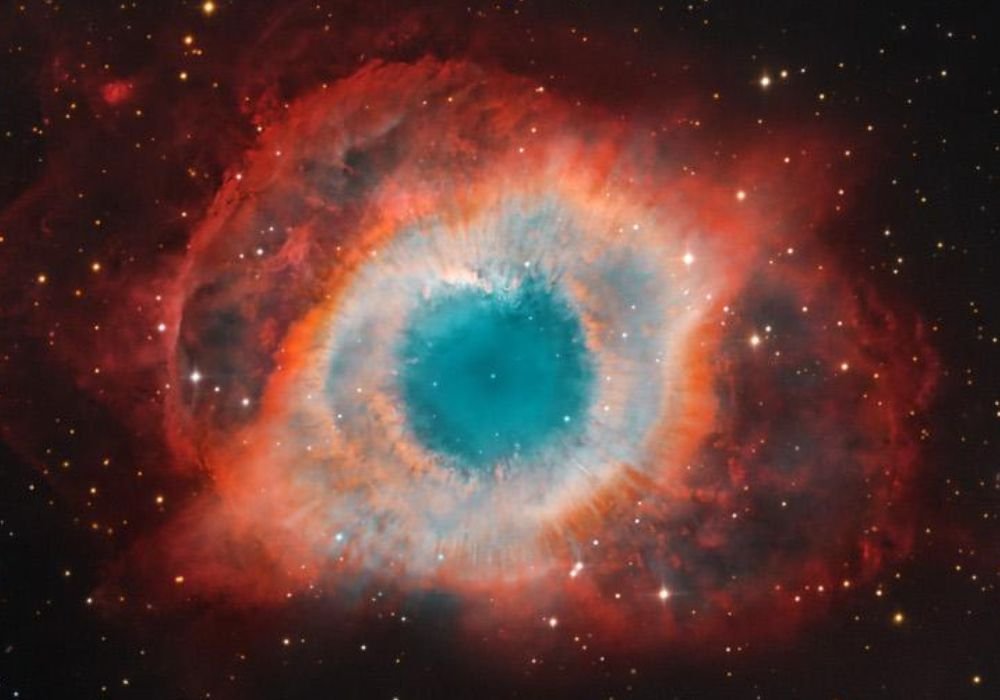Today is October 31st, Halloween, and for astronomy enthusiasts there’s nothing better than celebrating the date. with spooky spacescapes or nebulae. As it happens, the nebulae, those massive clouds and gas and dust in interstellar space are beyond terrifying.
Nebulae are large clouds of cosmic dust that appear after the explosion of massive stars. famous supernovaQ. With their different sizes, colors and shapes, nebulae, including the darkest ones, are a real work of cosmic art. Check it out below!
The Scariest Nebulae in the Universe
1. Witch’s Head Nebula (IC 2118)
Let’s start with Witch HeadPublished by NASA as “Astronomical Photo of the Day” on the 4th. This nebula, about 50 light-years in diameter, looks like something out of a Halloween cartoon and is composed of gas and dust after being eroded by the star Rigel in the constellation Orion.
The blue color comes from the star and spreads through dust grains. The same optical process that makes our Earth’s sky appear blue during the day.
2. Skull Nebula (NGC 246)
Giving the appearance of a human skull, this frightening nebula’s eyes have been “shaped” by powerful stellar winds, and its nose has been shaped by the energetic light of ten bright young stars.
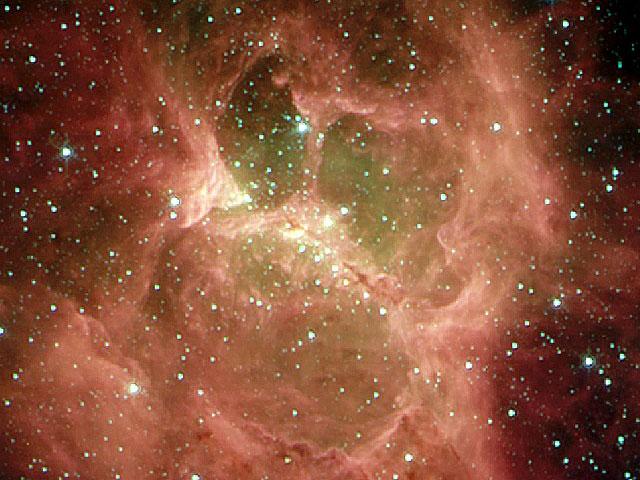
The length of this nose bridge is 3.5 light years. central star white dwarf, a star in its final stage, but does not have the mass to go supernova.
3. God’s Eye Nebula (NGC 7293)
Just 700 light years from Earth, The God’s Eye Nebula likely inspired the Eye of Sauron in the Lord of the Rings movie..
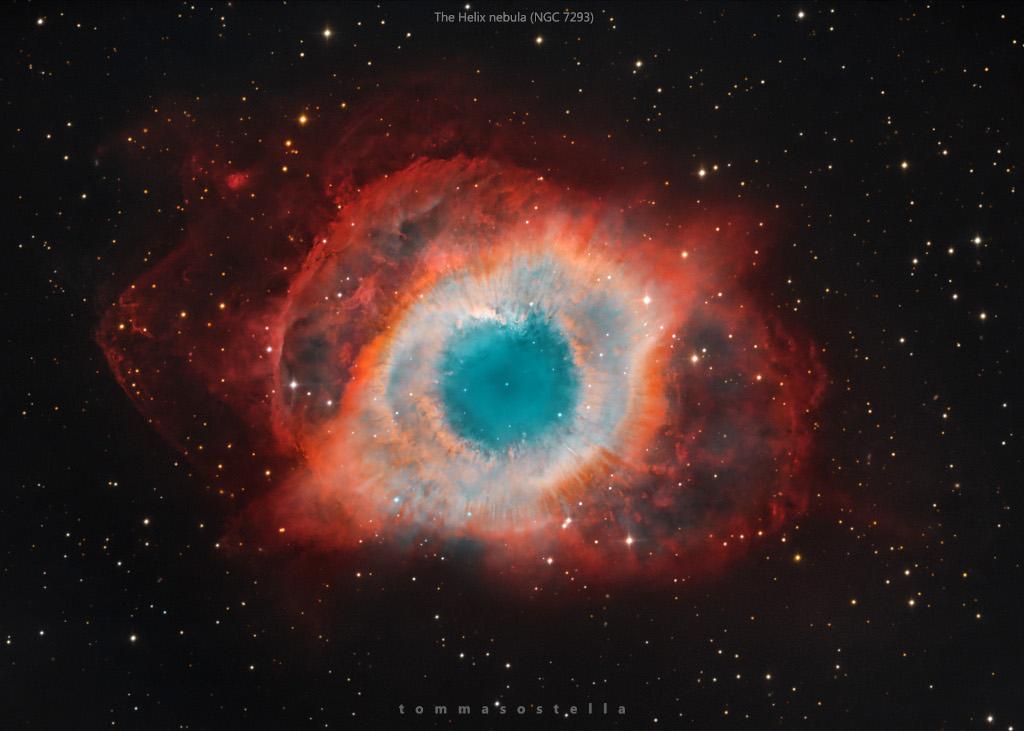
Discovered in 1824 in the constellation Aquarius, this star has been frightening astronomers ever since, but it is only the result of the reflection of a dead star that continues to emit infrared light.
4. Small Ghost Nebula (NGC 6369)
Appropriately called Little Ghost, this cold and delicate nebula is nothing but the reflection of a star long dead.
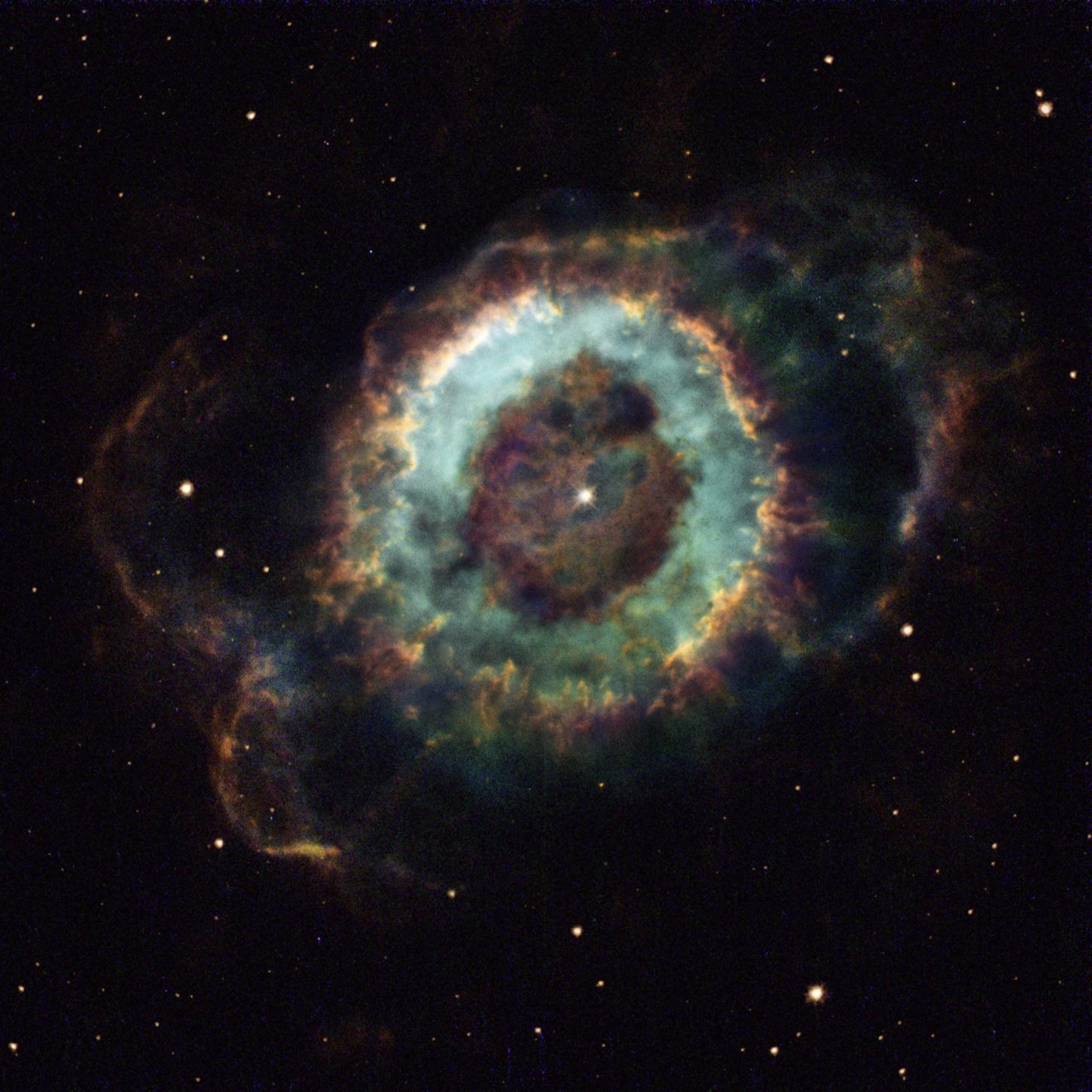
The light we see comes from a powerful white dwarf that has stopped nuclear fusion. The central fire of this stellar body is slowly decreasing and will one day disappear completely.
See also:
5. Hand of God Nebula (PSR B1509-58)
For those who believe in ghosts on Halloween, the pulsar is something that might be like “I see a dead star” because The Hand of God Nebula is nothing more than the result of the glow of a supernova explosionIt first appeared on Earth about 1,700 years ago.
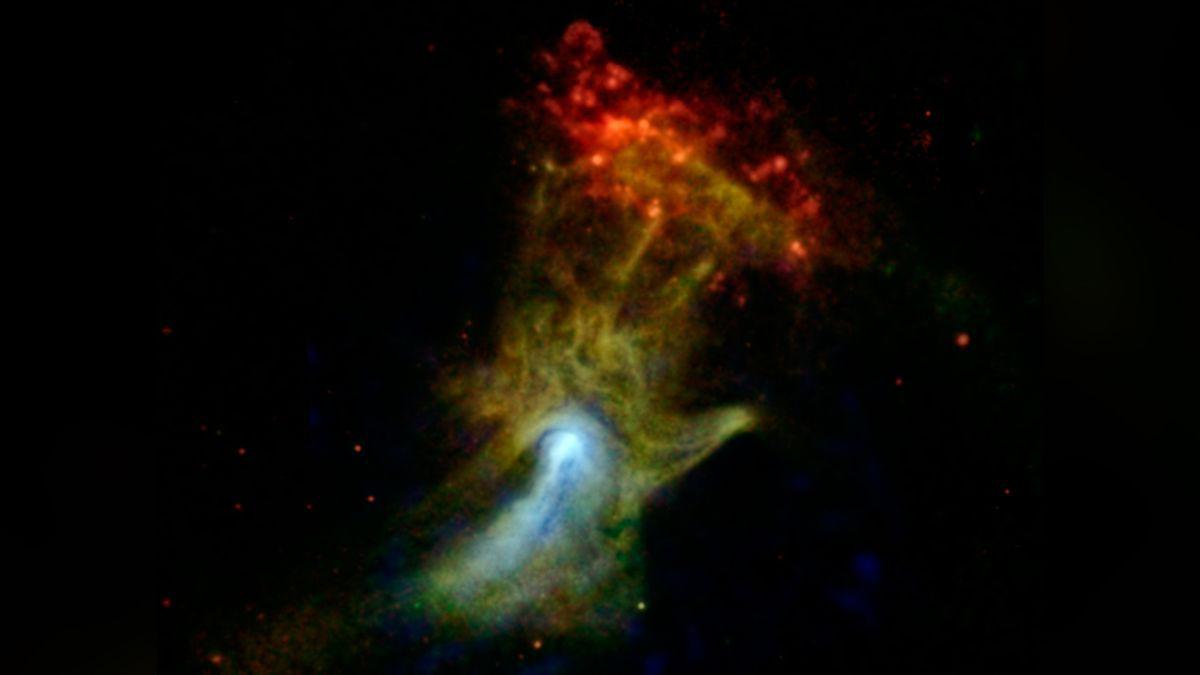
The center of this light is a neutron star 20 kilometers in diameter, rotating seven times per second.
6. Tarantula Nebula (NGC 2070)
This fearsome Tarantula is actually the largest and brightest star-forming region among the galaxies closest to the Milky Way.
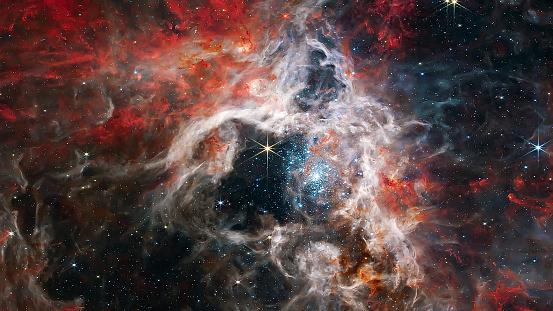
Located in the Large Magellanic Cloud, this nebula is so bright that it If it were as close to Earth as the Orion Nebula, it would cast visible shadows like the Sun..
7. Skull and Bones Nebula (NGC 2467)
Even though it looks like a pirate ship flag The Skull and Bones Nebula is also a fertile stellar birthplace filled with baby stars..
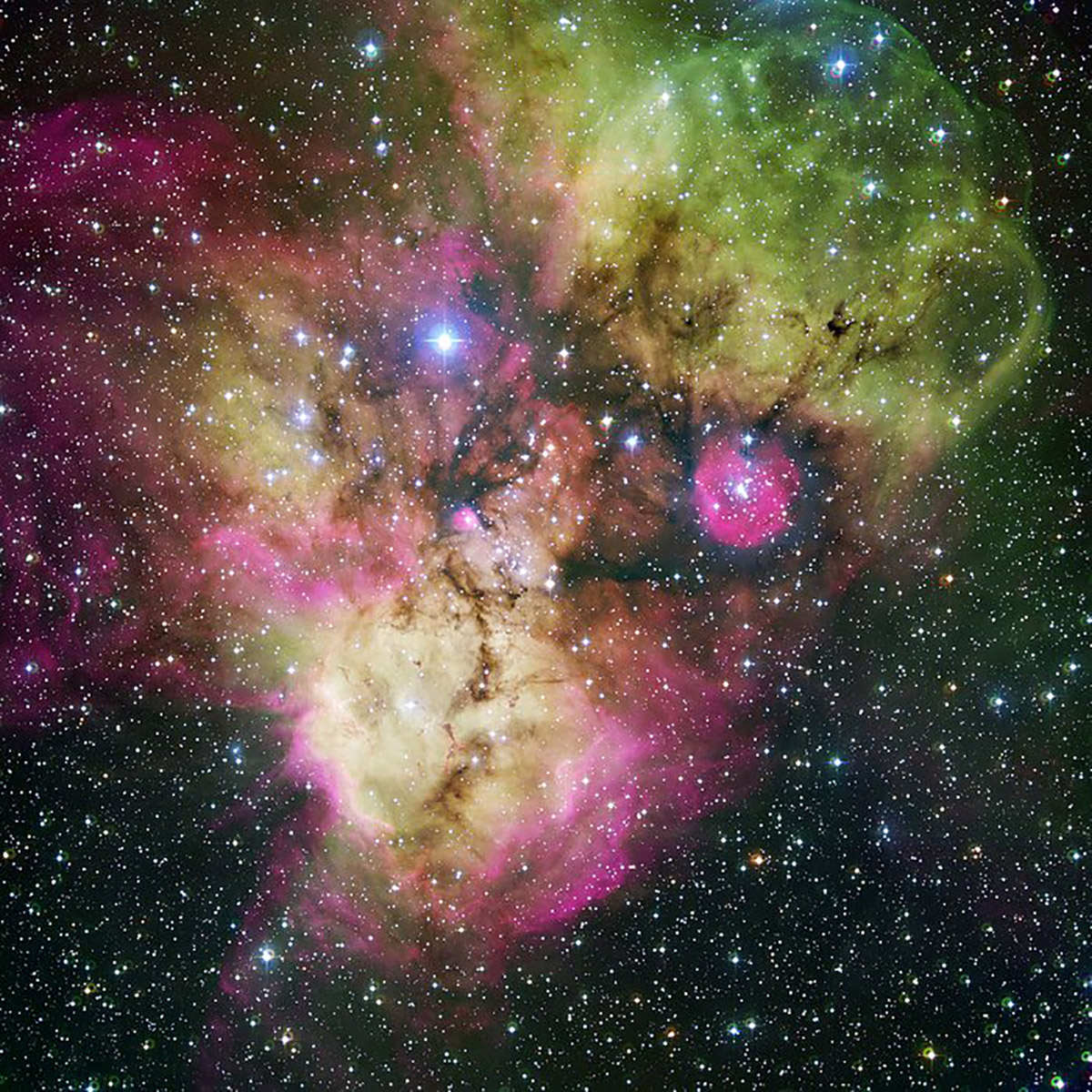
Two of these large star clusters form the eye sockets of the skull. On the left side of the image are already formed stars whose nebulae have dispersed, while those on the right are “newborn” stars.
8. Black Widow Nebula
A character not to be missed on any Halloween, The Black Widow of this nebula is an emission nebula, a cloud of gas and dust that forms stars..

It is nearly invisible at optical wavelengths, but its image was captured in infrared by NASA’s Stpitzer telescope behind a web of dust emerging from the galaxy’s disk.
9. Cosmic Lock (NGC 1999)
To complete the atmosphere of mystery, The Cosmic Lock (NGC 1999) is perhaps the strangest nebula of all.
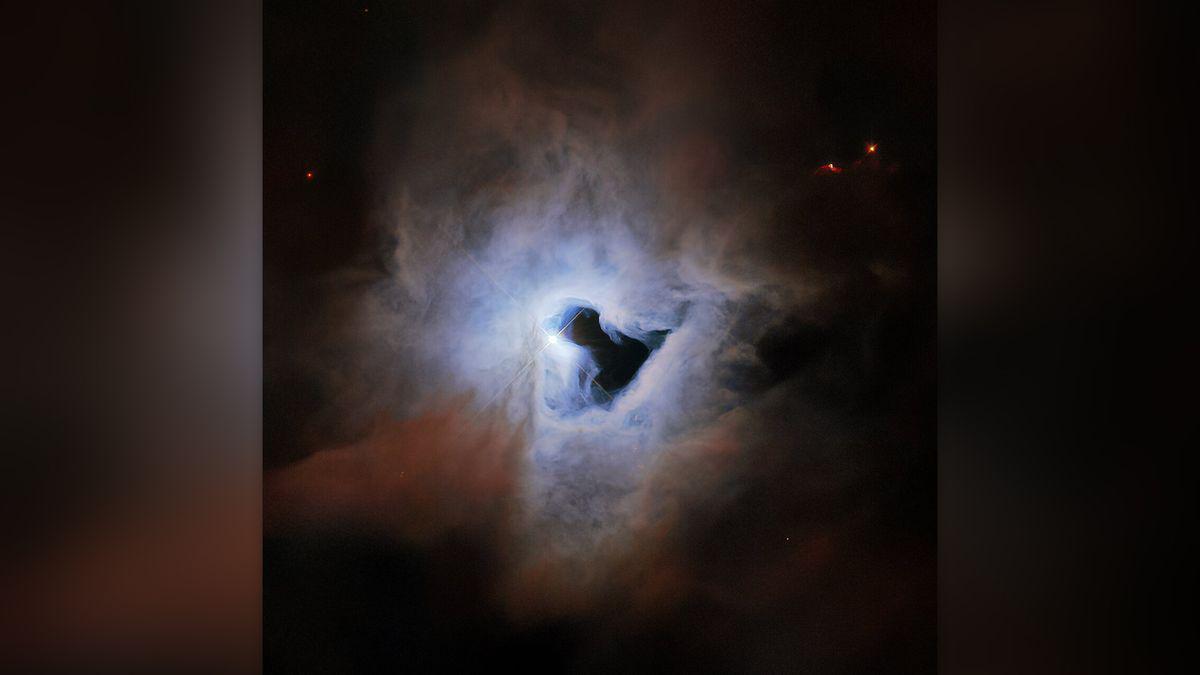
At its center is a young star, but next to it is a dark T-shaped hole that looks like an inexplicable rift in space. Infrared data shows that the hole was opened by young stars. but no one knows what it is.
10. Pac-Man Nebula (NGC 281)
Remembering the form of the famous game in 1980, The Pac-Man Nebula is a region of active star formation, and its brightness is due to the creation of new stars..
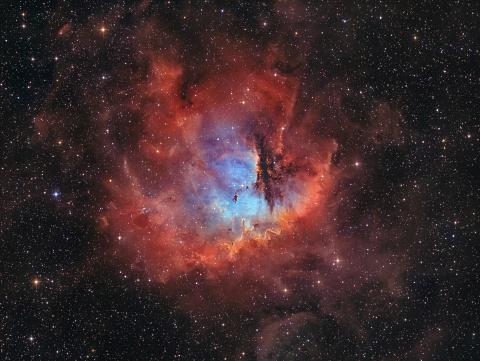
It is these newly formed stars that emit the nebula’s characteristic ultraviolet radiation, like a large pumpkin with an LED lamp.
It cannot be denied that nebulae, even with their frightening aspects, are a spectacle in themselves in the vastness of the universe.
Did you like the content? Stay up to date with more astronomical curiosities like this at TecMundo, including the opportunity to check out the new photo of the Ring Nebula taken by the James Webb Telescope.
Source: Tec Mundo
I’m Blaine Morgan, an experienced journalist and writer with over 8 years of experience in the tech industry. My expertise lies in writing about technology news and trends, covering everything from cutting-edge gadgets to emerging software developments. I’ve written for several leading publications including Gadget Onus where I am an author.






